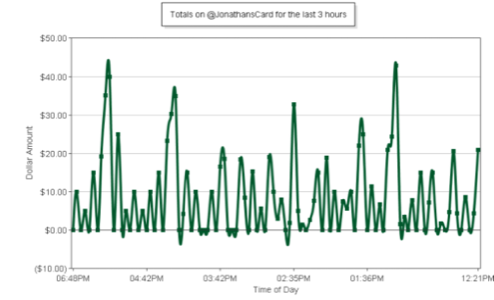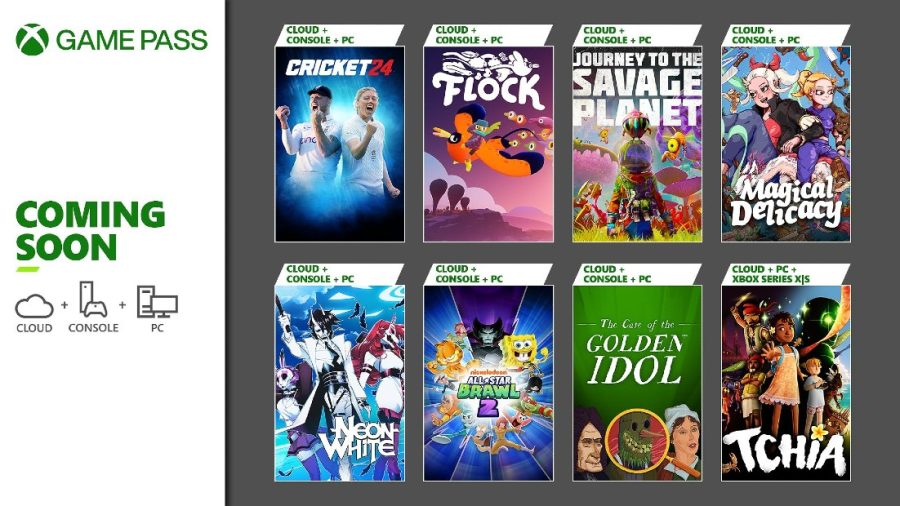Last week the latest viral craze brought about the end of an experiment by a programmer, Jonathan Stark, who works for Mobiquity, who wanted to make it easier for folks to get free coffee. Over the course of several weeks, Stark shared a scanned image of his Starbucks stored-value card online, so that anyone could download the image and use it to pay for coffee at most Starbucks. He also set up a Twitter feed to report on the current value of the card, and showed the processes that he used to set the entire experiment up. Let’s look closer at the whole situation, examine some lessons learned for corporate app developers, and also try to set the record straight. We have a Storify page that puts all the links in context if you would rather go there.

During this time, thousands of dollars were loaded to the card, and spent by numerous unrelated people. Andy Matthews wrote a short program to track the withdrawals and deposits on the card, saying “The fact [is] that thousands of people stepped up to pay-it-forward. Thousands of complete strangers chose to collectively contribute thousands of dollars to help out someone else.”
Then last week things started getting interesting. Another programmer, Sam Odio, wrote some more code to scrape funds out of Jonathan’s card and move to his own Starbuck’s card. He would sit in a Starbucks and go to the counter when the value climbed to make the transfer. He even published his code online so that others could do it. Odio eventually collected $700 from his hack, and is selling his card on eBay. This eventually led to Starbucks cancelling the card.

Since then, others have stepped up to offer their own pay-it-forward experiments. And the conversation over whether Odio or Stark were right or wrong to offer up their programs continues on many sites across the Internet. Some commentators feel that Odio “ruined a great social experiment” or that his “arrogance represents a side of humanity which I find terrifying; I have decided that your approach sucks so I will take it from you without your consent because I can do better with it.” Others said that “I don’t know why people come up with all these social experiments when the conclusions are always the same, simple equation:” where the number of bad actors is always greater than the number of nice people.
So what are some lessons that corporate developers can learn from this experiment?
- You can never be too transparent. Stark was accused of being in Starbucks’ employ because his firm once did some work for the coffee company. All parties denied any current connection and made it clear that Stark was acting on his own. But rumors of collusion still floated around the Internet. Stark and Starbucks acted quickly to counter them, which was key. If you are going to participate in social media experiments, you have to be online constantly to make sure you nip these issues in the bud.The most interesting reactions could be seen on Stark’s Facebook page, for example.
- The notion that greed will always win isn’t always true. Thousands of dollars were donated over the course of the experiment, mostly in $50 or less increments. Yes, some folks took advantage of the free coffee but most acted responsibly.
- The original idea doesn’t always get the most traffic. Stark’s card gained more attention once Odio produced his “hack” to drain its value quickly, which was what ultimately led to its demise. A quick Google search shows “Sam Odio Starbucks” has many more hits than “Jonathan’s Card Starbucks.” And as we mentioned, since Starbucks ended Stark’s experiment, several others have cropped up.
- It is still about the API, not the app.As we wrote about earlier this summer, what made the experiment work was an interface between Twitter and the stored value of the card. Mathews and Odio were just two of the folks who jumped on board and wrote their own programs. And really, you didn’t need to scan the card number itself: the whole operation could have been accomplished with publishing a phone number that is tied to the card, since many vendors accept this when you don’t even want to bring your card with you.
- Finally, it is a cautionary tale for app developers, to be sure. What if someone figures out the coding for your airline boarding pass to allow you entry to any local airport? Certainly, if you are responsible for running a stored value program at your company, you might want to examine whether this experiment is something you want to encourage or not.





























